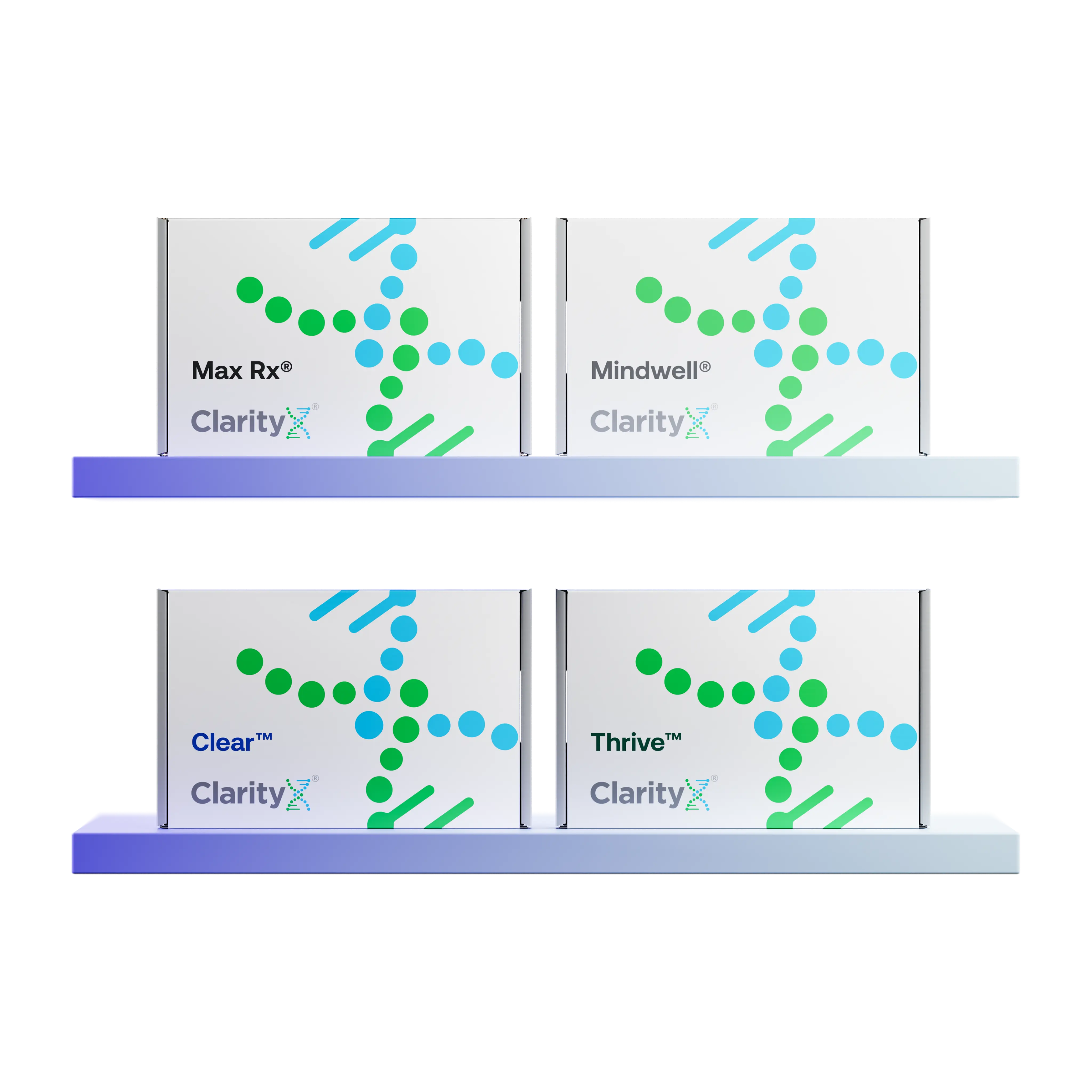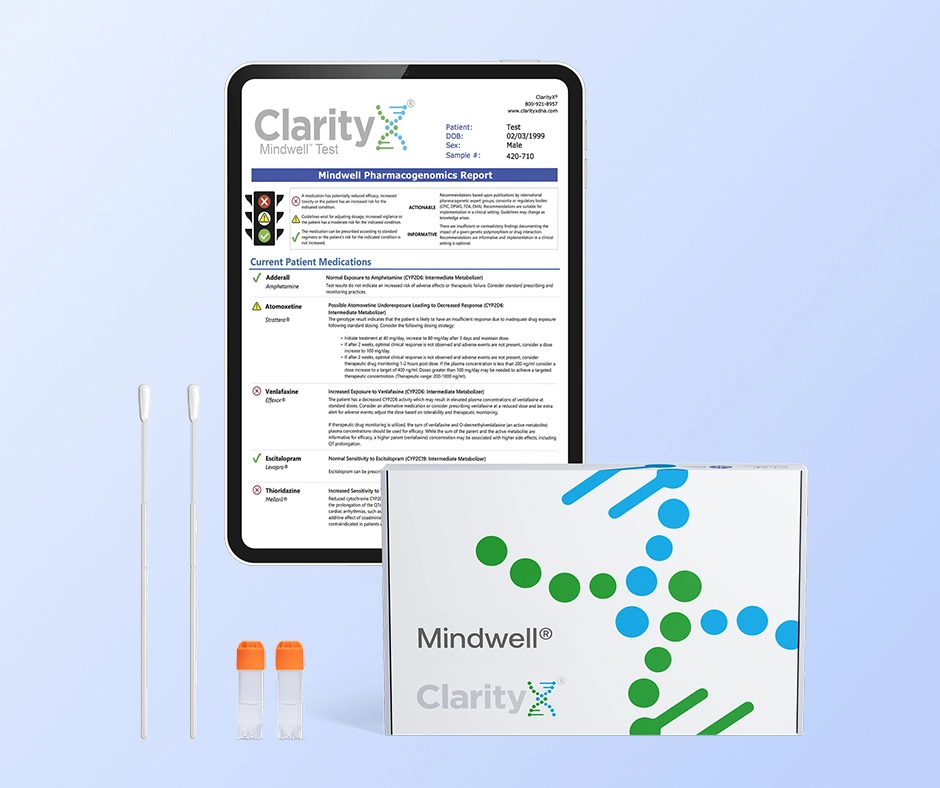Subutex and Suboxone are both prescription medications used in the treatment of opioid use disorder. Opioid use disorder, also known as opioid addiction, is a serious condition that affects millions of people worldwide. These medications, containing the active ingredient buprenorphine, play an essential role in helping individuals overcome dependency on opioids such as heroin, oxycodone, and fentanyl.
Key Takeaways
- Both Subutex and Suboxone contain buprenorphine, a partial opioid agonist that helps manage the acute symptoms of opioid withdrawal. Longer-term treatment is also frequently advised for the continued management of opioid use disorder.
- Suboxone also contains naloxone, an opioid antagonist (blocker or reversal agent) meant to lower the risk of abuse.
- The naloxone component of Suboxone remains inactive when Suboxone is taken as intended.
- Suboxone is often recommended for longer-term use during the maintenance phase of opioid use disorder. There is no recommendation for a pre-defined limit for treatment duration, and long-term, ongoing therapy is often recommended.
- Federal regulations in the United States have improved access to these medications through various healthcare providers. If you have concerns about opioid use, help is available and is more accessible than it has been in the past.
Understanding Subutex
As we delve into the key differences between Subutex and Suboxone, let's first understand what exactly Subutex is.
What is Subutex?
Subutex is a prescription medication that contains buprenorphine, a partial opioid agonist. It is primarily used in the treatment of opioid dependence, including heroin addiction. Subutex comes in tablet form and is administered sublingually, which means it is placed under the tongue, where it dissolves and enters the bloodstream.
The Role and Function of Subutex
As a partial opioid agonist, Subutex binds to the opioid receptors in the brain, effectively blocking the effects of other opioids. By doing so, it reduces cravings and withdrawal symptoms, allowing individuals to focus on their treatment program and maintain sobriety. In recent years, buprenorphine products like Subutex have become an integral part of medication-assisted treatment (MAT) programs for opioid addiction.
Introducing Suboxone
Now, let's turn our attention to Suboxone, another medication commonly used in the treatment of opioid addiction.
What is Suboxone?
Suboxone is a combination medication that contains both buprenorphine and naloxone. Like Subutex, it is used to treat opioid dependence, including addiction to heroin and prescription opioids. Suboxone is administered as a sublingual film, which is placed under the tongue where it dissolves and buprenorphine is absorbed into the bloodstream. Naloxone is very poorly absorbed when taken orally, allowing buprenorphine to remain effective.
How Suboxone Works in Opioid Dependence
Suboxone combines the effects of buprenorphine, a partial opioid agonist, and naloxone, an opioid antagonist. The buprenorphine component helps reduce cravings and withdrawal symptoms, while naloxone acts as a deterrent to misuse. If Suboxone is taken as prescribed, the naloxone component has minimal effect; however, if misused, naloxone can block the effects of other opioids and precipitate withdrawal symptoms.
Comparing Subutex and Suboxone
Now that we have a basic understanding of Subutex and Suboxone, let's compare these two medications and explore their similarities and differences.
Similarities Between Subutex and Suboxone
Both Subutex and Suboxone contain buprenorphine, making them effective options for addressing opioid withdrawal symptoms and cravings. As part of medication-assisted treatment, these medications provide individuals with alternative treatment options for opioid addiction beyond methadone treatment, which has been used for many years. Psychosocial support systems are crucial as well, meaning buprenorphine is much more effective when combined with therapy services and the support of family, friends, and community members.
Differences Between Subutex and Suboxone
The main difference between Subutex and Suboxone lies in the additional ingredient found in Suboxone, naloxone. Naloxone is an opioid antagonist, meaning it can block the effects of other opioids and counteract their euphoric effects. This naloxone component provides an extra level of safety by decreasing the risk of misuse.
When naloxone is administered by mouth, it is not absorbed into systemic circulation and will not counteract the effect of buprenorphine. When the preparation is injected or snorted, naloxone can cause opioid withdrawal symptoms. This acts as an abuse-deterrent, leading to a common recommendation for continued use at home after managing the initial symptoms of opioid withdrawal.
Subutex, on the other hand, does not contain naloxone and only contains the partial opioid agonist buprenorphine.
Practical Uses of Subutex and Suboxone
Now that we understand the similarities and differences between Subutex and Suboxone, let's explore their practical uses in the treatment of opioid addiction. In response to nationwide trends involving rapidly increasing opioid overdose deaths in the United States, access to these medications has been improving. As of December 2022, prescribers can provide access to these potentially life-saving medications without many of the previous restrictions. If you or a loved one are concerned with your opioid use, help is available, and it is more accessible than it has been in the past.
When is Subutex Prescribed?
Subutex is often prescribed for pregnant women with opioid use disorder. Due to its buprenorphine-only composition, Subutex has been considered a safer option during pregnancy than medications containing naloxone, such as Suboxone. The use of Suboxone during pregnancy is growing, however, and either option may be deemed appropriate.
Healthcare providers carefully evaluate individual cases and make treatment decisions based on the specific needs of the patient. Subutex tablets are commonly used during the induction phase of opioid addiction treatment and may continue to be prescribed for maintenance therapy.
When is Suboxone Prescribed?
Suboxone is prescribed in various scenarios, including the treatment of opioid use disorder and as part of substance abuse treatment programs. It is commonly used during both the induction (opioid withdrawal) and maintenance (relapse prevention) phases of opioid addiction treatment. Suboxone sublingual film, which contains both buprenorphine and naloxone, is often the preferred choice for clinicians and individuals seeking treatment for opioid addiction, as it offers additional safeguards.
Effectiveness of Subutex vs Suboxone
Now that we have covered the practical uses of Subutex and Suboxone, let's discuss their effectiveness in opioid detoxification, withdrawal management, and the overall treatment of opioid addiction.
Which is More Beneficial for Opioid Detox?
Both Subutex and Suboxone can be effective options for opioid detoxification, assisting individuals in managing withdrawal symptoms and reducing cravings. The choice between these medications depends on individual needs and the healthcare provider's recommendations. While Subutex has been more commonly used during the detoxification phase, Suboxone, with its naloxone component, is often recommended for longer-term use in preventing relapse.
Safety Measures for Using Subutex and Suboxone
It is crucial to use both Subutex and Suboxone under the guidance of a healthcare provider, who will monitor the treatment plan and ensure patient safety. These medications, like any other, can have side effects, including nausea and constipation. Proper safety measures, such as regular check-ins with healthcare providers, can help manage any adverse effects and mitigate potential risks. Pregnant women should consult healthcare providers to discuss the safety considerations of Subutex and Suboxone during pregnancy.
Continued support, whether in the form of therapy services, social support, or ideally both, is vital. It’s important to remember that although these medications interact with opioid receptors, a reduction in opioid tolerance occurs over time. If an individual were to return to previous doses of opioids while in recovery, the risk of overdose is significant due to reduced tolerance.
Making the Right Choice
Ultimately, making the right choice between Subutex and Suboxone is a decision that should be made in consultation with healthcare providers, taking into account individual circumstances, medical history, and treatment goals.
Pharmacogenomic Testing
Pharmacogenomic testing is a precision medicine tool that analyzes your DNA to predict how your body will process and respond to specific medications. By examining genetic variants primarily those affecting liver enzymes the test reveals if you are likely to metabolize a drug too slowly (increasing the risk of severe side effects) or too quickly (making the medication ineffective).
This genetic insight allows doctors to move away from a "trial and error" prescribing method, helping them select the right drug and the right dose from the start to maximize treatment success while minimizing adverse reactions.
Is Subutex Better for You, or is it Suboxone?
The better choice between Subutex and Suboxone depends on a variety of factors, including individual needs, mental health considerations, and the healthcare provider's assessment. Both medications have their pros and cons, and healthcare providers play a crucial role in helping individuals navigate the decision-making process. The choice of medication for opioid addiction treatment should be part of a comprehensive treatment plan tailored to each person's unique circumstances.
Conclusion
In conclusion, both Subutex and Suboxone are effective medications for treating opioid dependence. They have their similarities and differences, which may influence the choice between the two. It is important to consult with a healthcare professional to determine the most suitable option for your specific needs and circumstances. Safety measures should be followed when using either medication to ensure proper usage and minimize risks. Remember, these medications are part of a comprehensive treatment plan that may include counseling and support. With the right treatment approach, recovery from opioid dependence is possible, and you can take the first step towards a healthier and drug-free life.
Compare medications reported in ClarityX
Resources:
https://www.samhsa.gov/medication-assisted-treatment/treatment/buprenorphine






